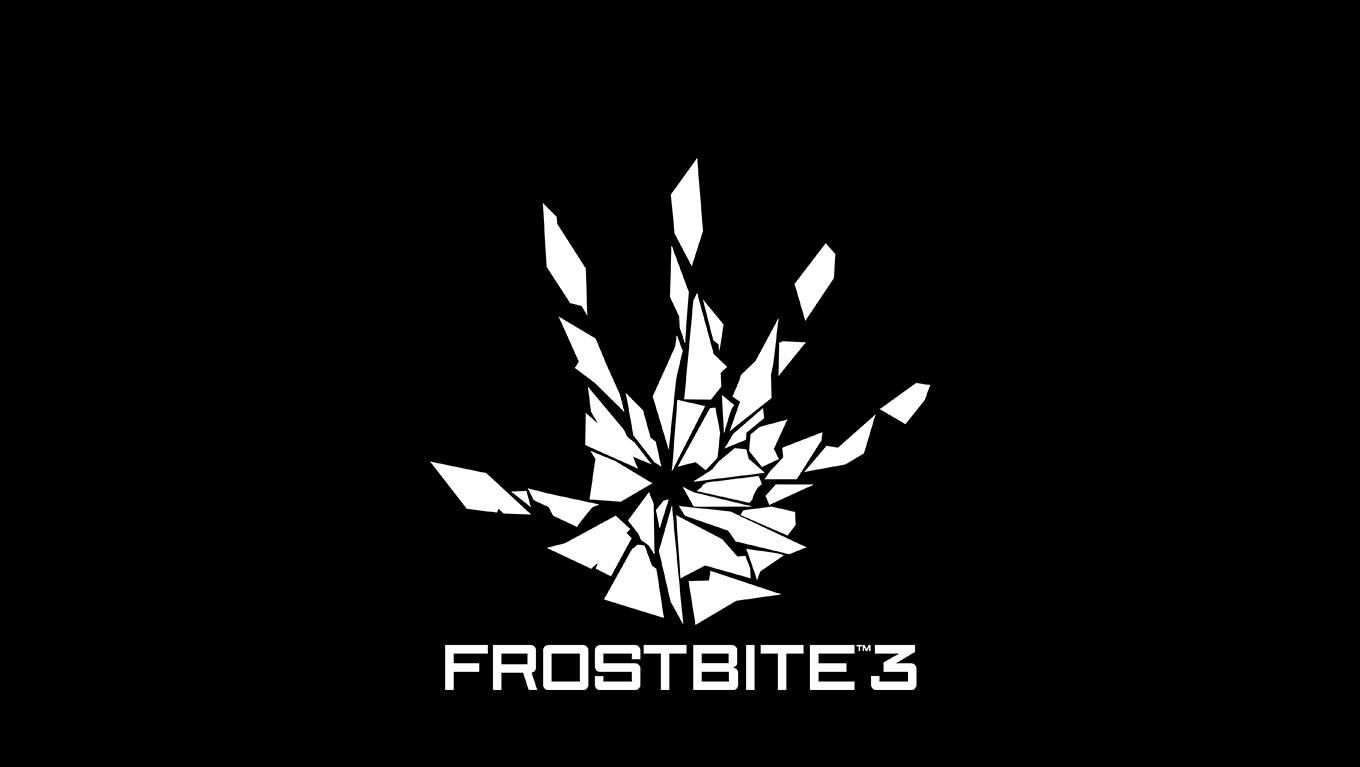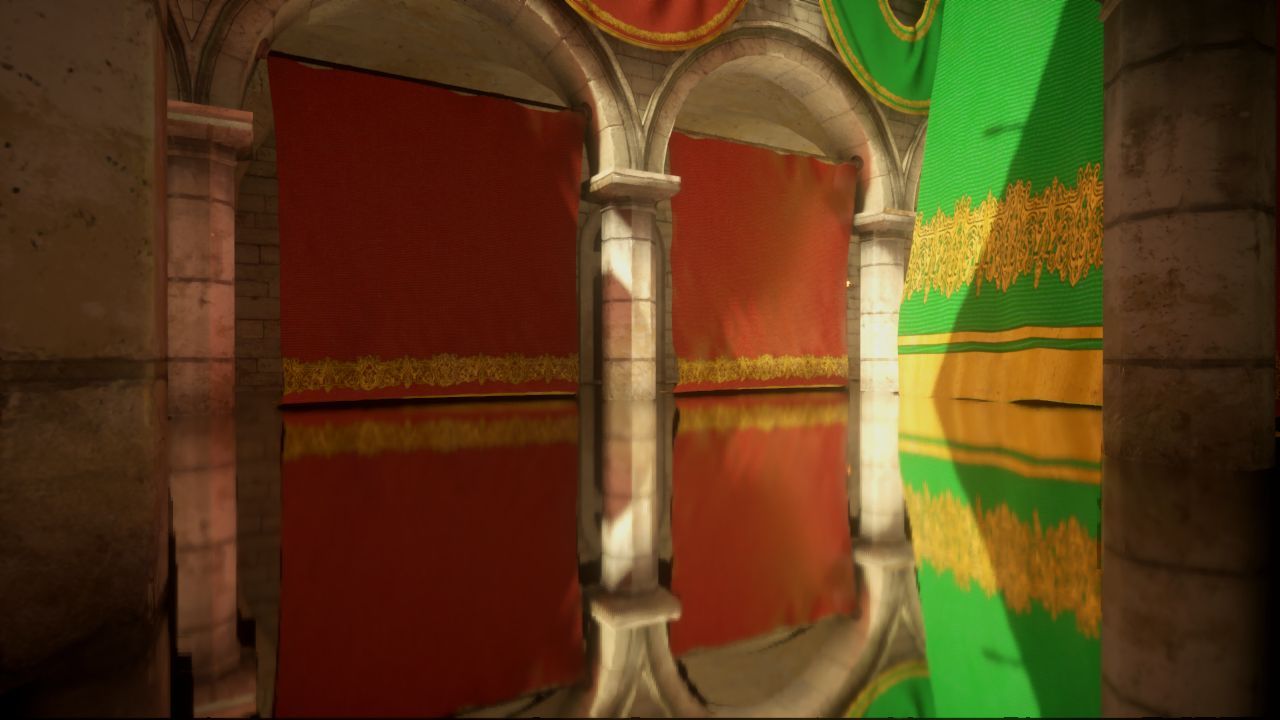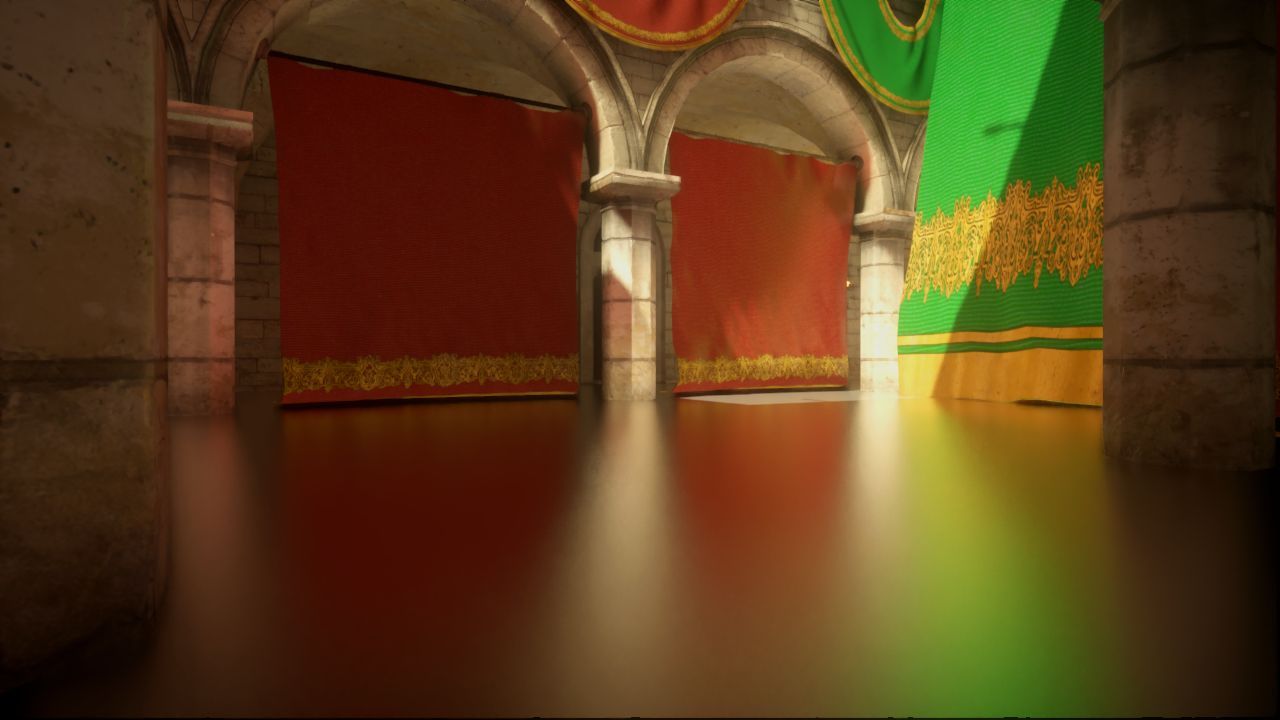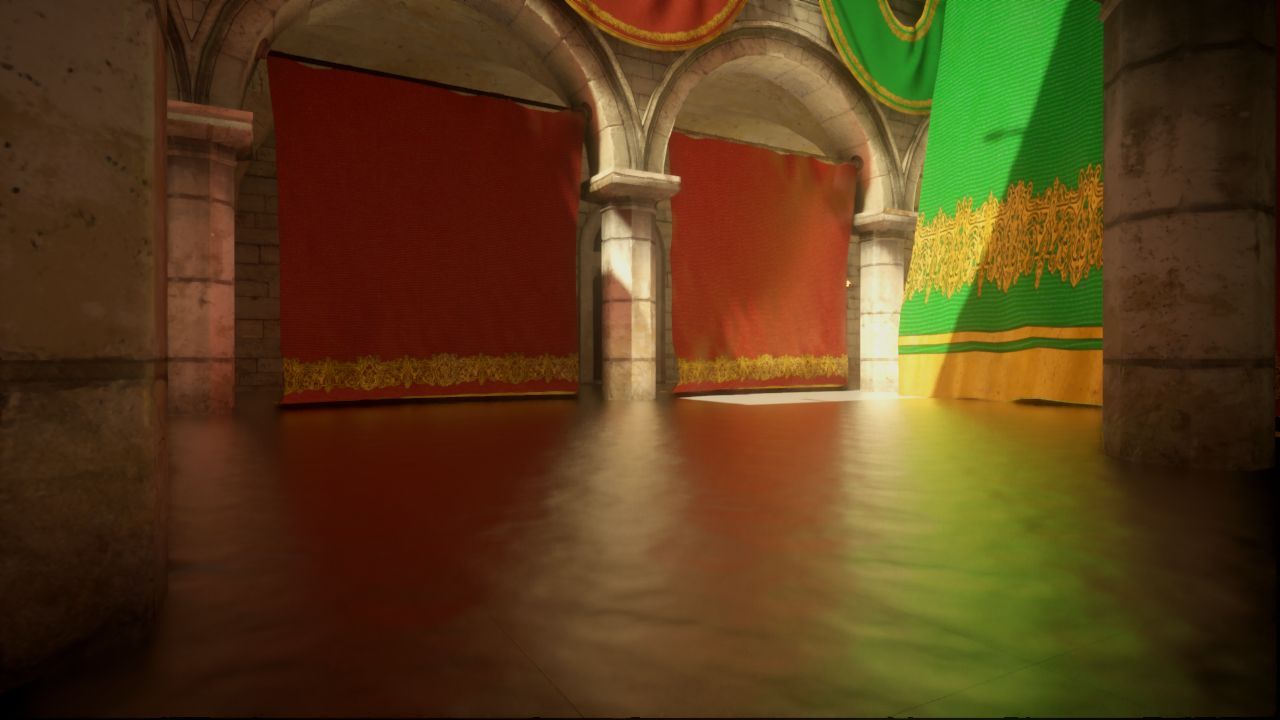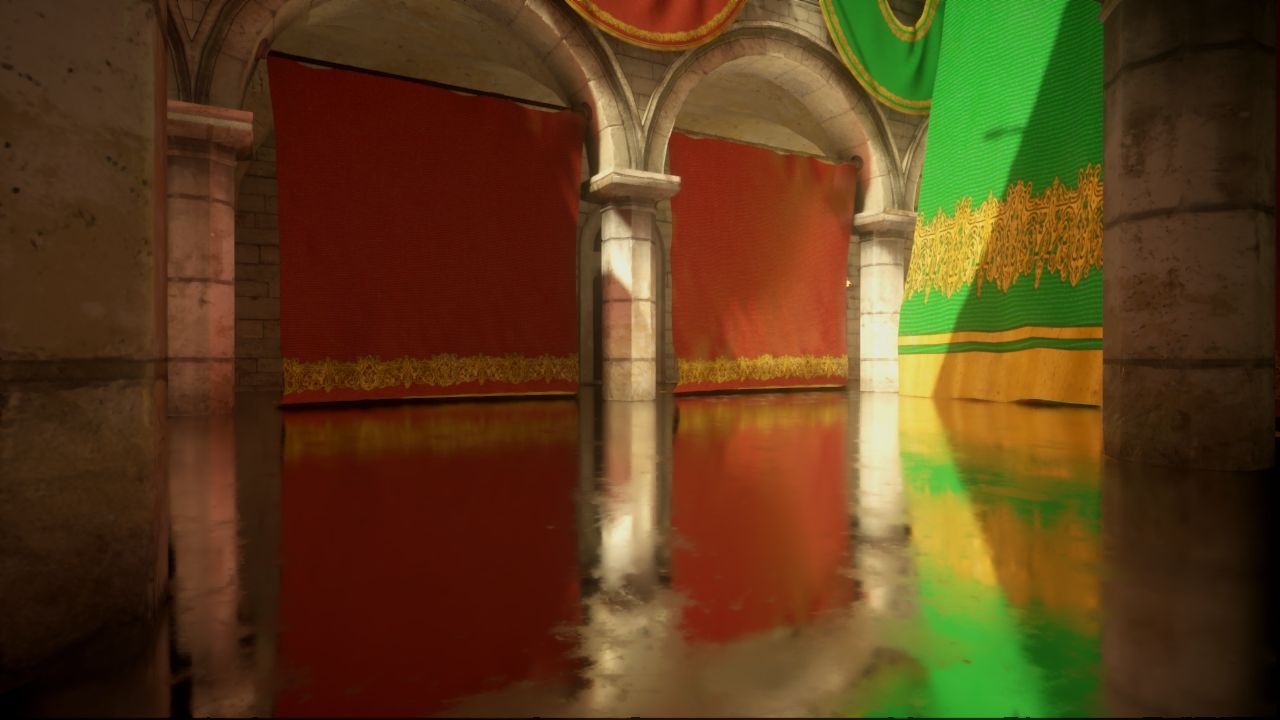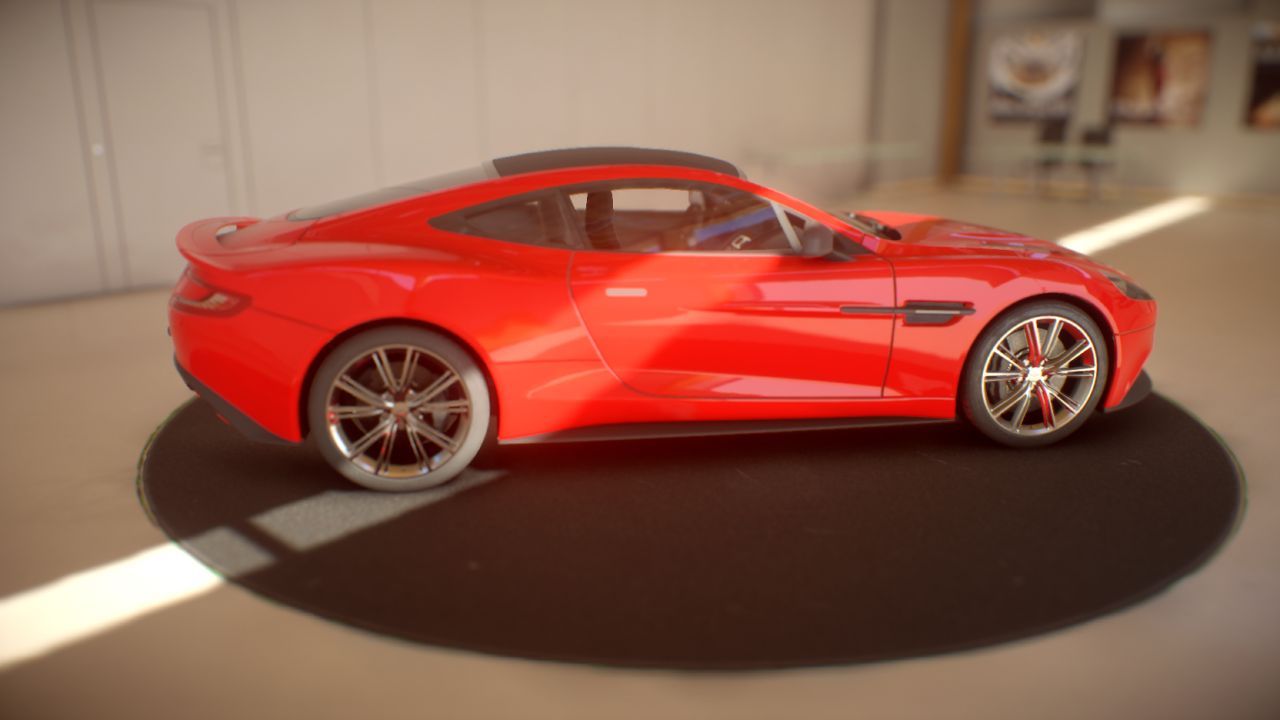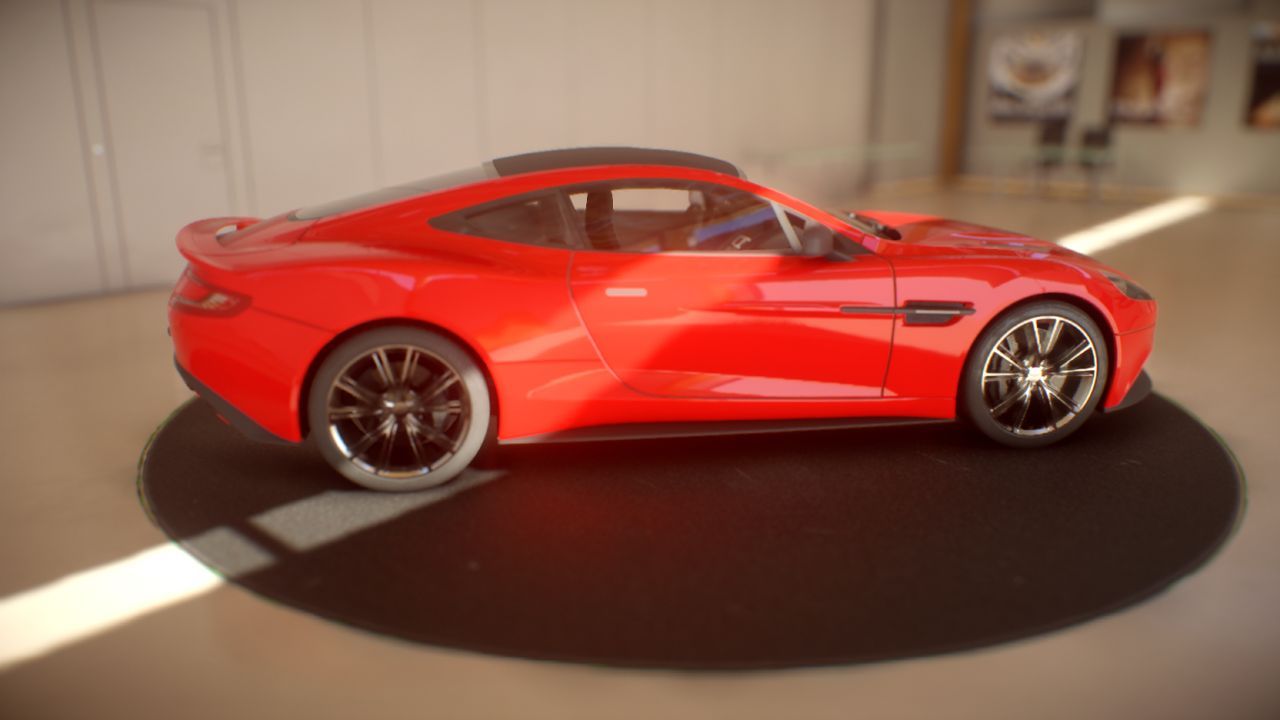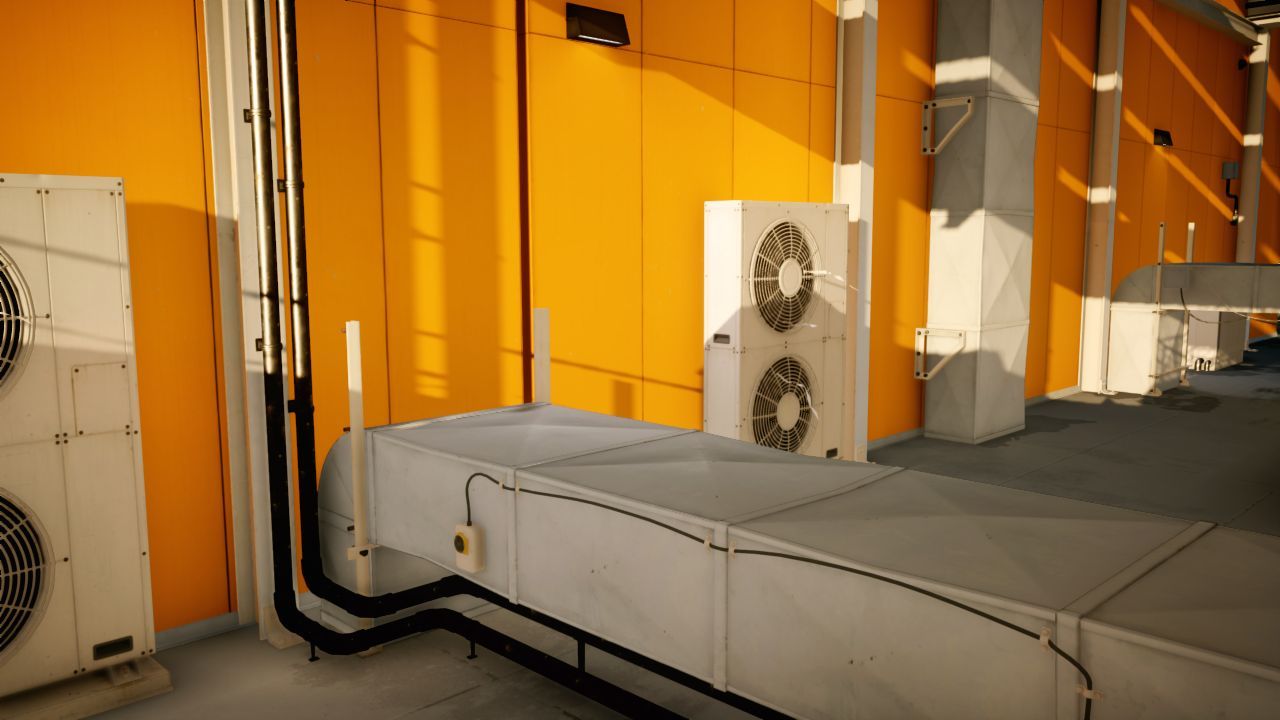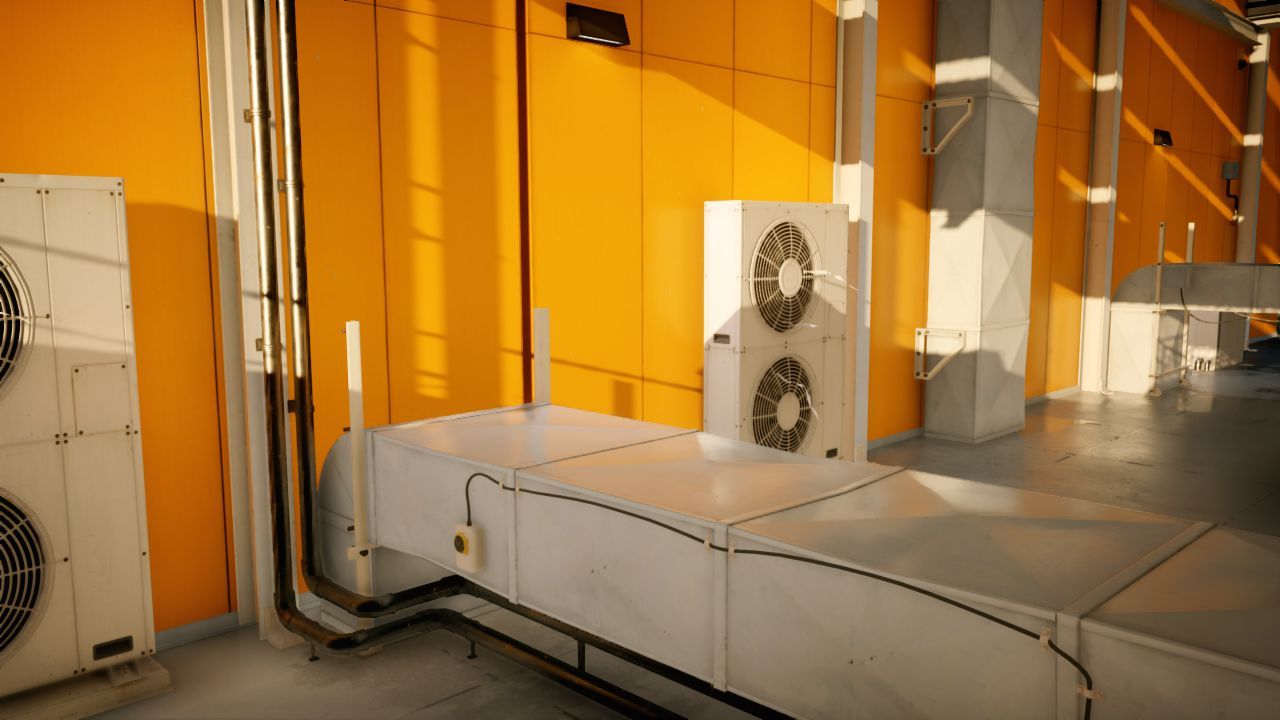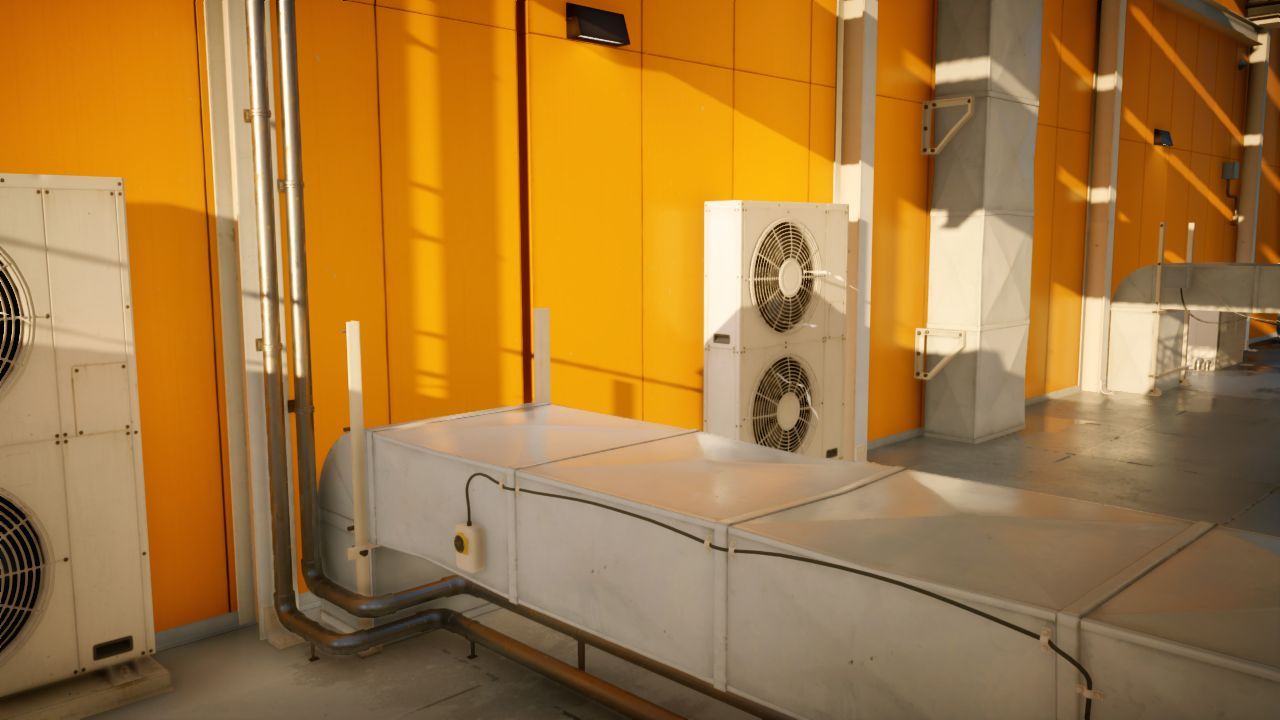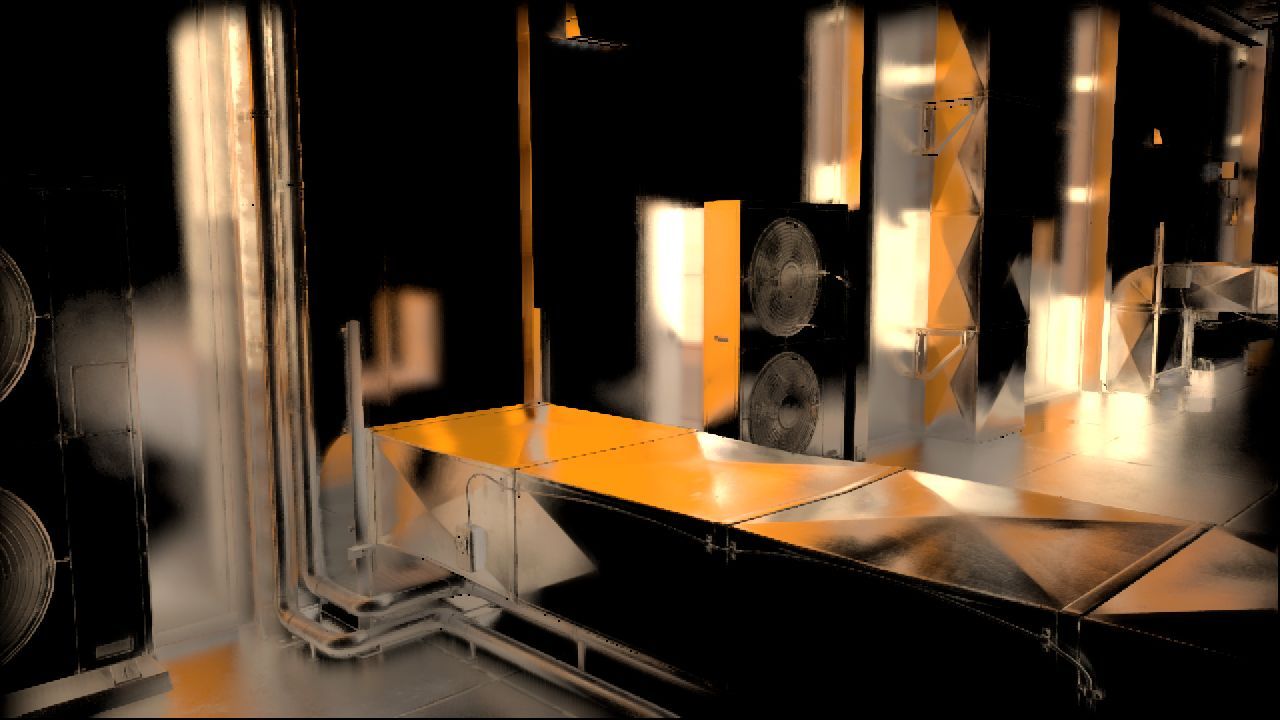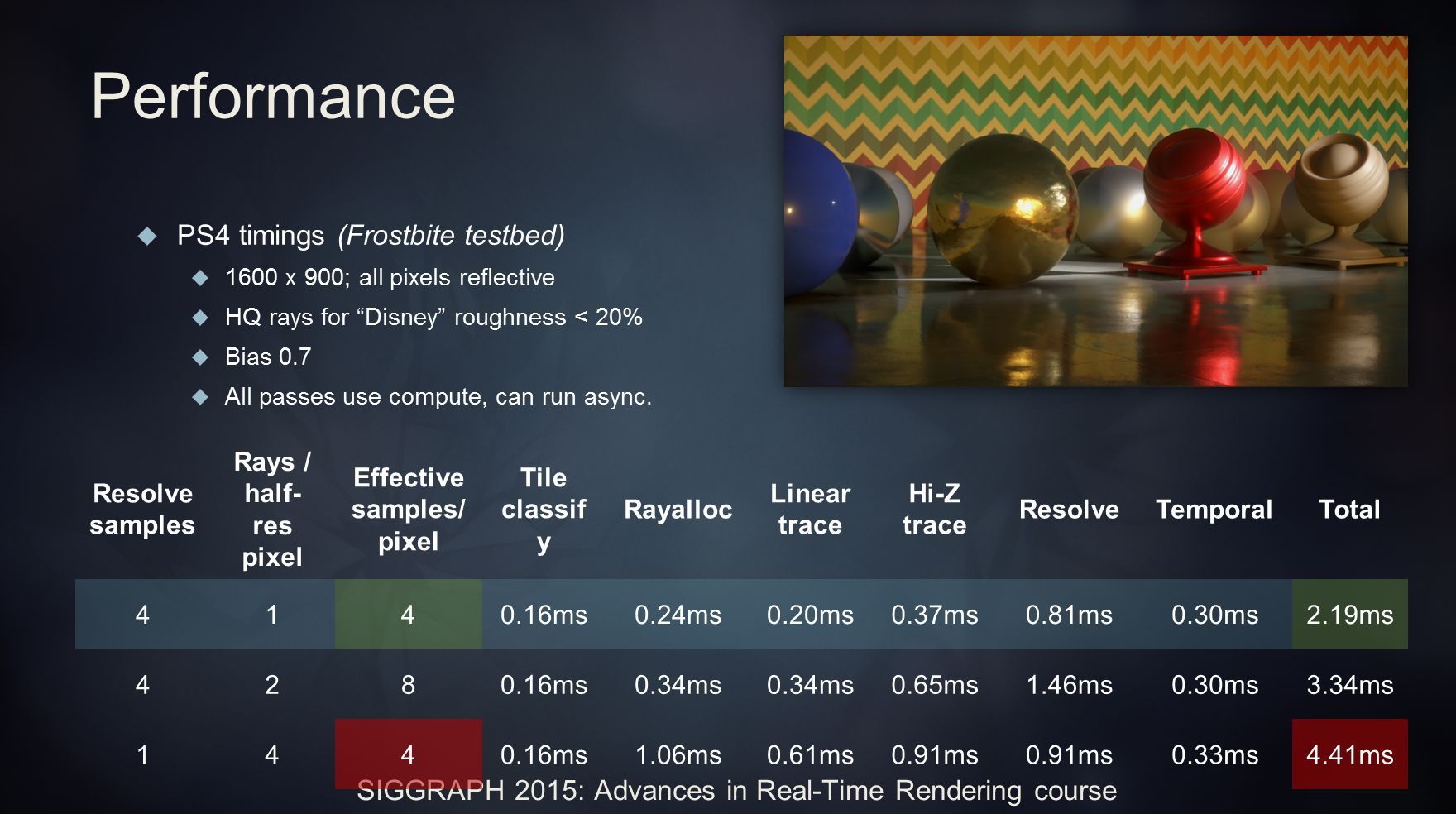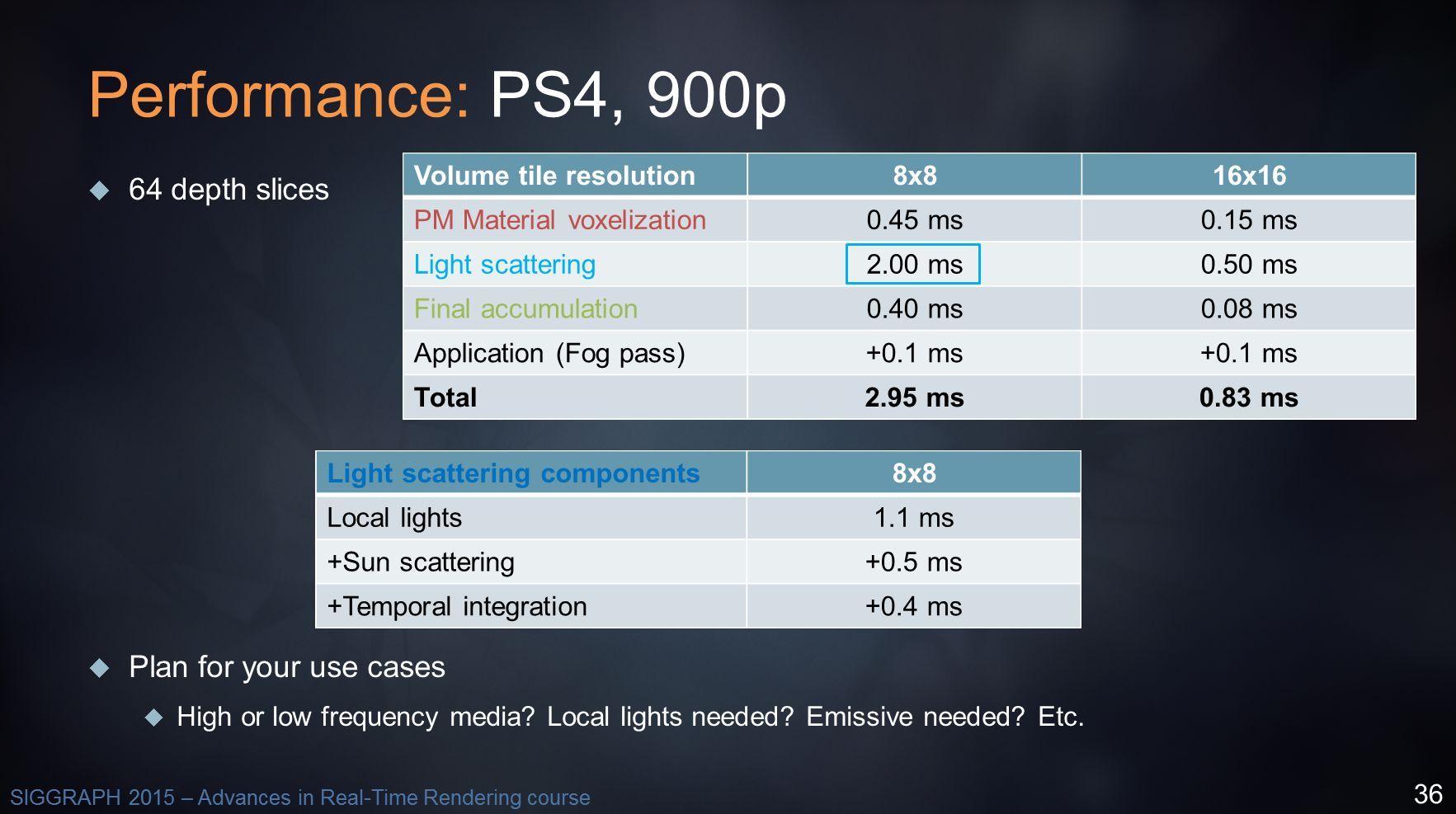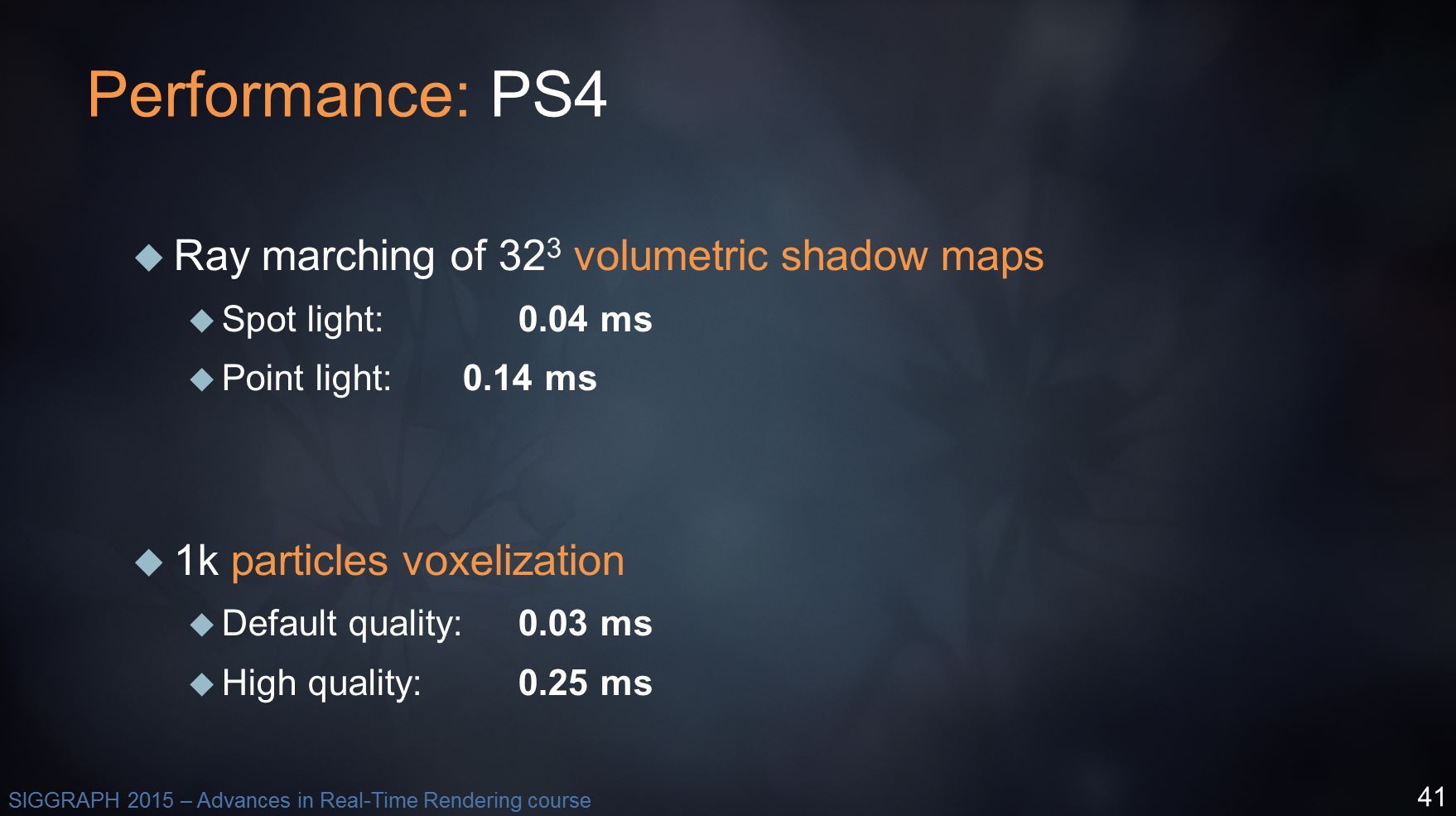At Siggraph 2015 EA DICE Showcased its Frostbite engine and some of its advanced graphical effects in two talks titled "Stochastic Screen-Space Reflections" by Tomasz Stachowiak and "Physically-based & Unified Volumetric Rendering in Frostbite" by Sebastien Hillaire.
The panels were chock full of information and imagery on how Frostbite manages to achieve the visual beauty we all know and love, so grab a coffee and get comfy because there's a lot to see.
First of all, the beautiful Stochastic Screen-Space Reflections, that feature heavily in Mirror's Edge: Catalyst had four requirements, sharp and blurry reflections, contact hardening, specular elongation and per-pixel roughness and normal.
Below you can see a comparison between different smoothness degrees for the effect:
High smoothness
Medium smoothness
Medium smoothness + normals
Variable smoothness
Here's the difference on complex surface with screen space reflections off (top) and on (bottom).
Below you can check out a scene of Mirror's Edge: Catalyst with respectively SSR off and fallback off, SSR on and fallback off, both effect on, and screen space reflections only,
The slide below shows the performance of the effect on PS4, with the time in milliseconds necessary to render the effect in each frame according to different variables and complexity of the effect itself.
Below you can see it all combined with all the different different variables in video.
Moving on to the Physically-based and Unified Volumetric Rendering, below you can see an introduction video. The effects grant a "huge increase in visual quality." Physically based rendering grants meaningful material parameters, decouples material from lighting and provides coherent results. Unified volumetric interactions takes care of lighting and regular volumetric shadows and interaction with opaque surfaces, transparent surfaces and particles.
Below you can see temporal volumetric integration in action:
Without the effect:
With the effect:
This is the performance of the effect on PS4, as usual the timing in milliseconds represents the time it takes to render the effect for each frame.
Here are volumetric shadow maps in action. They're part of Frostbite's common light shadow system.
The difference between the trilinear and sphere options can be seen below. The second is the high quality option, and can be selected for each emitter. The first is the default option. The blue cubes are particle emitters and they obviously don't appear in the game.
The same effect showcased in explosions:
And here's the performance on PS4.
The video below shows the interaction between sun and particles, creating some definitely fetching clouds:
Here we can see the volumetric lighting on particles, that allows shadows and lights to interact with the smoke.
In the videos below you can see the effect without and with extinction normalization, that avoids excessive shadowing.
One more video showcases the effect in different conditions:
We have quite a few Frostbite-powered games coming, including Star Wars: Battlefront, Mirror's Edge: Catalyst and Mass Effect: Andromeda. It'll be interesting to see how the engine will progress this year and into the future. What we're seeing with each interaction is definitely promising.

